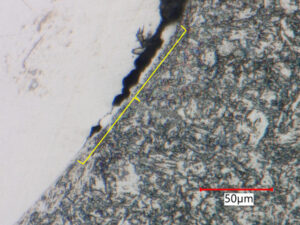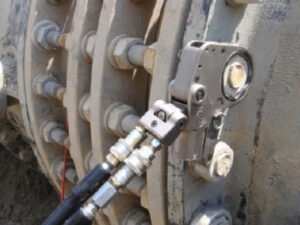INDUSTRY INSIGHTS NEWSLETTER

Welcome to Equity's Industry Insights Newsletter
Welds and equipment repairs are some of the most persistent challenges in keeping facilities running safely and reliably, especially as systems age and operating demands increase. This month, Industry Insights includes two articles that offer a closer look at those challenges. Through real-world case studies and practical guidance, these articles highlight what to watch for and how to strengthen your approach to repairs and integrity assessments.
Sign Up to Receive Industry Insights Sent to Your Inbox
Featured Articles
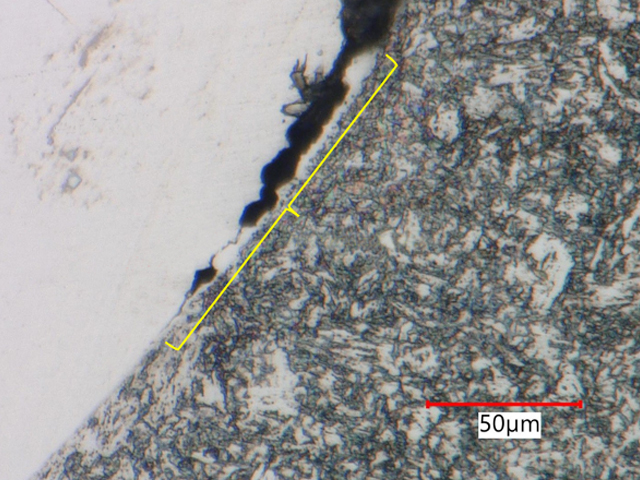
Dissimilar Metal Weld Repairs: Best Practices and Case Study
Dissimilar metal welds (DMWs) are often specified in process plants as an alternative to bolted mechanical joints and are successfully used in many corrosive and severe services. However, these welds can be subject to major weldability challenges and may lead to failures due to inherent material differences. In this article, the author examines these failure mechanisms, offers best practices for weld repairs and joint designs, and discusses a recent case study where laboratory analysis was used to identify the cause of a repeat DMW failure.
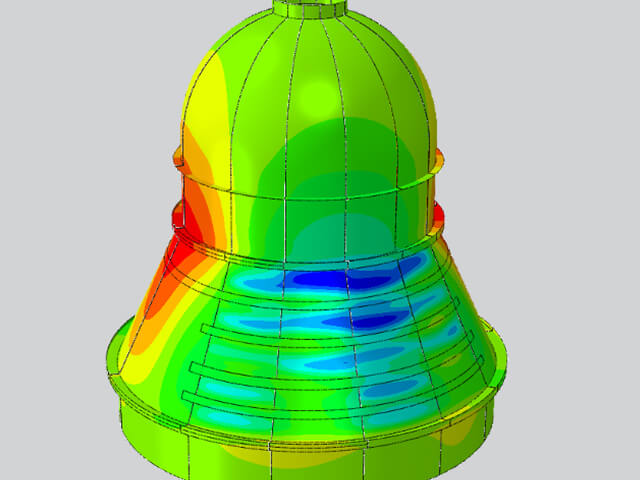
Advanced Analysis of Equipment Repairs and Alterations
Maintenance programs require a significant investment of time, energy, and money to keep facilities and equipment operating safely and reliably. Despite these efforts, there will always be a need for repairs, replacements, or alterations. In this article, the authors use a variety of case studies to discuss how advanced analysis techniques can support several post-construction activities. They offer insight into how to evaluate weld repair plans and post-weld heat treatments, validate rerate conditions, and ensure structural integrity.
Recently Published in the Industry Insights Newsletter
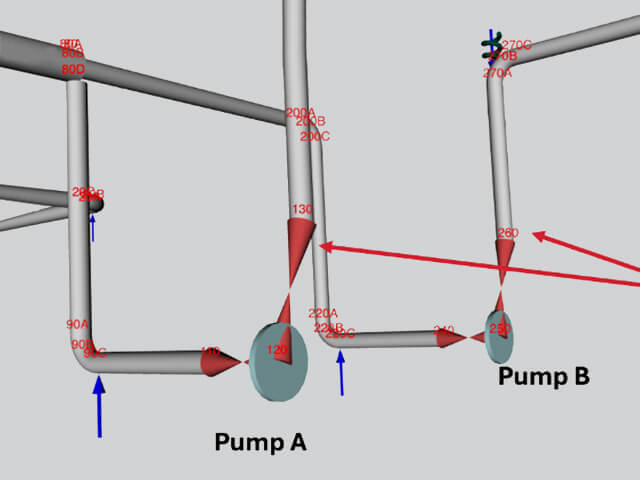
Effects of Friction on Rotating Equipment Compliance: Modeling Considerations in Pipe Stress Simulation
A recurring challenge is ensuring that modeling assumptions in pipe stress analysis don’t create hidden risks for rotating equipment and piping code compliance. This article explores how friction and vertical support behavior can dramatically influence nozzle load calculations, sometimes turning a compliant system into a non-compliant one. Using case studies and practical examples, the authors highlight best practices and advanced tools like SIMFLEX-IV to improve accuracy and reliability across complex operating conditions.
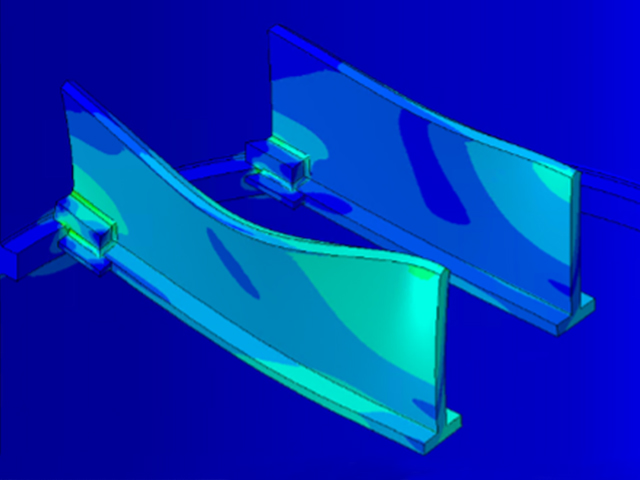
Structural Engineering Applications for Fixed Equipment Analysis
Typically, maintenance teams are focused on a facility’s pressure vessels, piping, and tanks, which leaves structural infrastructure to be overlooked. In this article, Derek shares several case studies that highlight how combining structural and mechanical engineering approaches can solve several unique fixed equipment challenges.
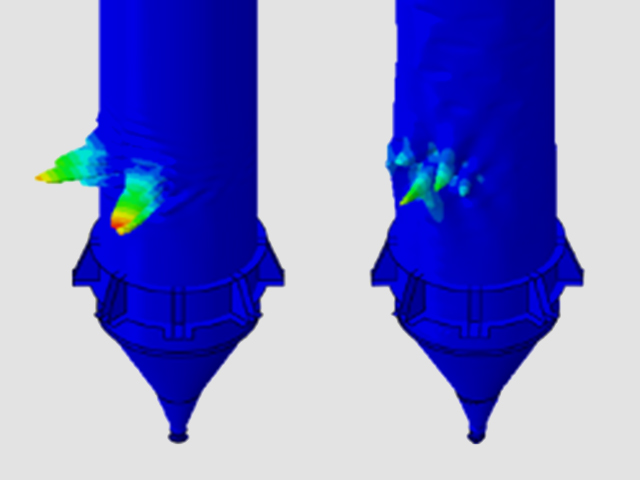
ASME Silo Design: An Introduction to ASME SBS
Up until the recent publication of ASME SBS-2023: Structures for Bulk Solids (ASME SBS), there has not been a comprehensive

